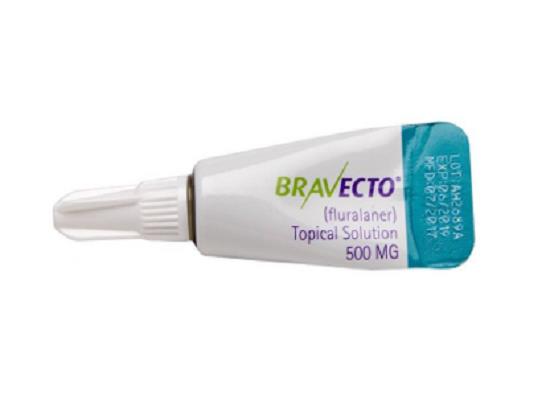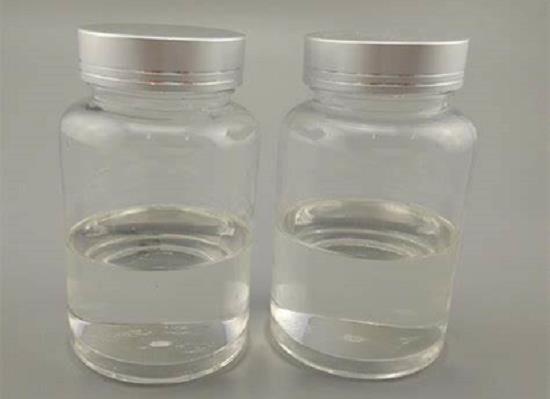Tetracaine hydrochloride: mechanism of action and activity
Jun 21,2023
General Description
Local anesthetic tetracaine hydrochloride has been found to exhibit various pharmacological activities through different mechanisms of action, making it a promising agent for diverse clinical applications. Recent evidence suggests that tetracaine hydrochloride has potent antitumor effects in various cancers, including melanoma, breast cancer, and neuroblastoma. Furthermore, tetracaine hydrochloride exhibits antibacterial properties by damaging the cell membrane of Gram-negative bacteria. Tetracaine hydrochloride also acts as a long-acting local anesthetic by blocking voltage-gated sodium channels in nerve fibers to induce anesthesia. While caution is required during administration to avoid adverse effects such as hypotension, bradycardia, respiratory depression, nausea, and vomiting, the multiple activities exhibited by tetracaine hydrochloride suggest its potential for use in various clinical settings. Further research into the diverse pharmacological effects of tetracaine hydrochloride may reveal new therapeutic applications for this versatile compound.
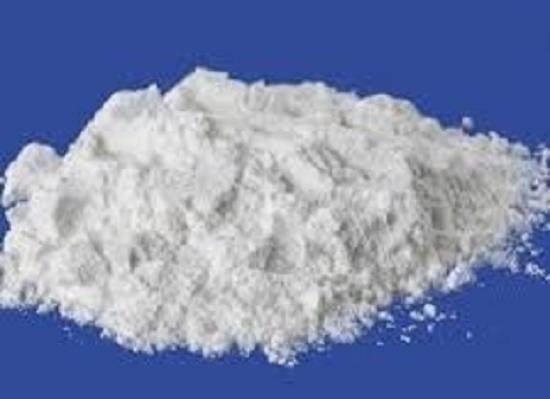
Figure 1. Tetracaine hydrochloride
![]()
![]() Mechanism of action
Mechanism of action
Tetracaine hydrochloride has been found to exhibit various pharmacological activities through different mechanisms of action. As a local anesthetic, it acts by blocking voltage-gated sodium channels in nerve fibers to prevent action potential propagation and induce anesthesia. Additionally, tetracaine hydrochloride has been shown to have antitumor effects through the downregulation of hnRNPA1, resulting in cell cycle arrest, destabilization of cyclin D1, and suppression of melanoma cell growth both in vitro and in vivo. Furthermore, tetracaine hydrochloride exhibits antibacterial properties by disrupting bacterial cell membrane permeability, leading to bactericidal effects against Gram-negative bacteria. It has also been reported to possess antioxidant activity by scavenging free radicals and inhibiting lipid peroxidation. Additionally, tetracaine hydrochloride has been shown to inhibit the activity of collagenase, which may contribute to its
anti-inflammatory effect. Overall, tetracaine hydrochloride exhibits multiple activities through distinct mechanisms, indicating its potential for diverse clinical applications. 1
Activity
Antitumor
Recent evidence suggests that tetracaine hydrochloride has a potent antitumor effect in various cancers, including neuroblastoma, breast cancer, and melanoma. Tetracaine hydrochloride inhibited the growth of melanoma cells in vitro by arresting them in the G0/G1 phase, which was attributed to the downregulation of hnRNPA1. Tetracaine hydrochloride treatment resulted in translocation of hnRNPA1 from the nucleoplasm to the nuclear envelope and reduced the protein stability of hnRNPA1, ultimately suppressing cyclin D1 expression. Melanoma homograft experiments demonstrated that tetracaine hydrochloride could suppress melanoma growth both in vitro and in vivo, while hnRNPA1 overexpression alleviated tetracaine's antitumor effect on melanoma. Therefore, tetracaine hydrochloride is a promising antitumor agent that merits further investigation for potential clinical applications in cancer therapy. 2
Antibacterial
Tetracaine hydrochloride has been shown to have antibacterial properties against Gram-negative bacteria like Pseudomonas aeruginosa due to its damage to the bacterial cell membrane. Recent studies have revealed that magnesium ions can potentially mitigate tetracaine's antibacterial effects, suggesting that other factors may influence its activity. Additionally, tetracaine is known to enhance the permeability of the bacterial cell wall and increase the lytic action of lysozyme, leading to bactericidal effects. Interestingly, exposure to subinhibitory amounts of tetracaine can actually render bacteria more susceptible to other antibiotics, such as erythromycin. These findings suggest that tetracaine hydrochloride could be a potential alternative or adjunct therapy in the treatment of antibiotic-resistant infections caused by Gram-negative bacteria. However, further research is needed to determine its effectiveness in vivo and to evaluate its safety. 1
Anesthetics
Tetracaine hydrochloride is a local anesthetic that has a long duration of action and high potency. It acts by blocking voltage-gated sodium channels in nerve fibers to prevent action potential propagation and thus induce anesthesia. Tetracaine hydrochloride has a slow onset of action but a prolonged duration of effect compared to other local anesthetics. It is commonly used for spinal, epidural, and caudal anesthesia, as well as infiltration anesthesia of peripheral nerves. However, tetracaine hydrochloride can cause adverse effects, such as hypotension, bradycardia, respiratory depression, nausea, and vomiting. Hence, caution is required during administration to minimize the risk of complications. 3
![]() Reference
Reference
1. Leung YW, Rawal BD. Mechanism of action of tetracaine hydrochloride against Pseudomonas aeruginosa. J Infect Dis, 1977, 136(5):679-683.
2. Huang X, Chen Y, Yi J, et al. Tetracaine hydrochloride induces cell cycle arrest in melanoma by downregulating hnRNPA1. Toxicol Appl Pharmacol, 2022, 434: 115810.
3. Zhou S, Huang G, Chen G. Synthesis and biological activities of local anesthetics. RSC Adv, 2019, 9(70):41173-41191.
- Related articles
- Related Qustion
- Tetracaine Hydrochloride: A Comprehensive Overview Oct 25, 2024
Tetracaine Hydrochloride (TTC) is a long-acting local anesthetic commonly used for topical anesthesia.
- What is Tetracaine Hydrochloride used for? Sep 28, 2020
Tetracaine hydrochloride is also known as ropivacaine hydrochloride, pantocaine, pantocaine and four ropivacaine hydrochloride. It is easily soluble in water and ethanol, but insoluble in ether, benzene.
- Tetracaine hydrochloride – a local anesthetic widely used in clinic Dec 30, 2019
Tetracaine hydrochloride is a local anesthetic used to numb the eyes, nose, or throat. It may also be used before starting an intravenous to decrease pain from the procedure. Typically it is applied as a liquid to the area.
Fluralaner, a medication that has gained popularity for its effectiveness in treating sarcoptic mange in wombats and controlling Haemaphysalis longicornis ticks on dogs.....
Jun 21,2023APIGlyoxal has been the focus of much research due to its toxicology and as a fixative agent in biological research.....
Jun 25,2023APITetracaine hydrochloride
136-47-0You may like
Tetracaine hydrochloride manufacturers
- Tetracaine hydrochloride
-
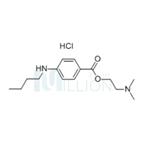
- $1.00 / 1kg
- 2024-11-06
- CAS:136-47-0
- Min. Order: 0.10000000kg
- Purity: 99%
- Supply Ability: 200KG
- Tetracaine HCl
-
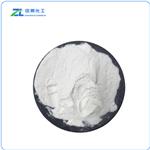
- $150.00 / 1kg
- 2024-11-06
- CAS:136-47-0
- Min. Order: 1kg
- Purity: 99%
- Supply Ability: 20ton
- Tetracaine hydrochloride
-
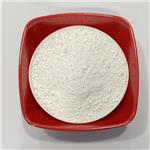
- $40.00 / 1box
- 2024-11-05
- CAS:136-47-0
- Min. Order: 1box
- Purity: 99.9+
- Supply Ability: 2000box




